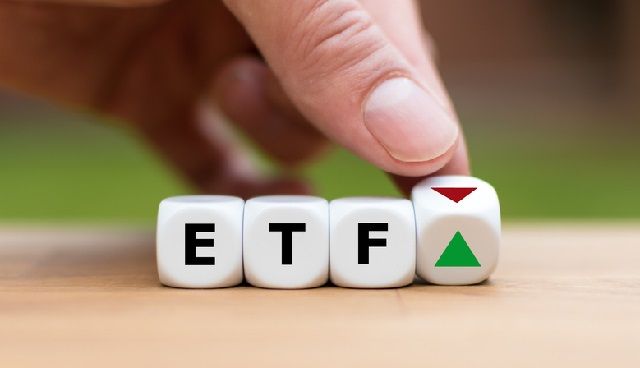Investor interest in ETFs remains strong despite a slide in net inflows of roughly a third between 2021 and 2022, according to a report from Trackinsight, conducted in association with JP Morgan and State Street.
The Global ETF Survey 2023 found more than half (56%) of respondents saying they would increase their exposure to equity-related strategies in 2023, while two-fifths (40%) said they would do the same for fixed income-related strategies. Trackinsight added that responding investors who were keen to benefit from the advantages of the ETF wrapper view the vehicle as an effective replacement for direct investing, index mutual funds and active mutual funds.
That said, European investors were more cautious about using ETFs as a proxy for active investing. In the Americas, 60% of respondents consider ETFs for active investing, compared with 30% in EMEA, where investors primarily see ETFs as a replacement for direct investing.
“With inflation expected to ease a bit through 2023, a slowdown in interest rate hikes could be in sight, providing a welcomed tailwind for fixed income markets,” noted the report’s authors. “40% of respondents expect to increase their fixed income allocation through ETFs over the next two to three years, despite ongoing challenges in analysing and comparing products – a sentiment shared by investors globally. The development of sustainable bond ETFs is also expected to contribute to the growth of the asset class.”
Primary motivations
The primary motivations for using ETFs, says the Global ETF Survey 2023, were low fees, ease of diversification and accessibility. Greenwashing issues remain a key concern among investors, however, with the majority seeking more transparency across investment products. Indeed, despite a third (35%) of EMEA respondents planning to increase exposure to ESG-aligned and sustainable ETFs driven by societal good and/or conviction-based views, inconsistencies with ESG analysis were cited as a significant hurdle to investment.
Some 94% of respondents meanwhile identified liquidity as a key metric in the ETF selection process. Liquidity of underlying securities, trading spreads, and volumes on exchanges were cited as the most important metrics to monitor. Fewer respondents focused on volumes on trading platforms (fewer than 50%, for the first time). More than 70% of people thought ETFs provided additional liquidity during volatile markets, rising to 80% for Americas-based respondents.







